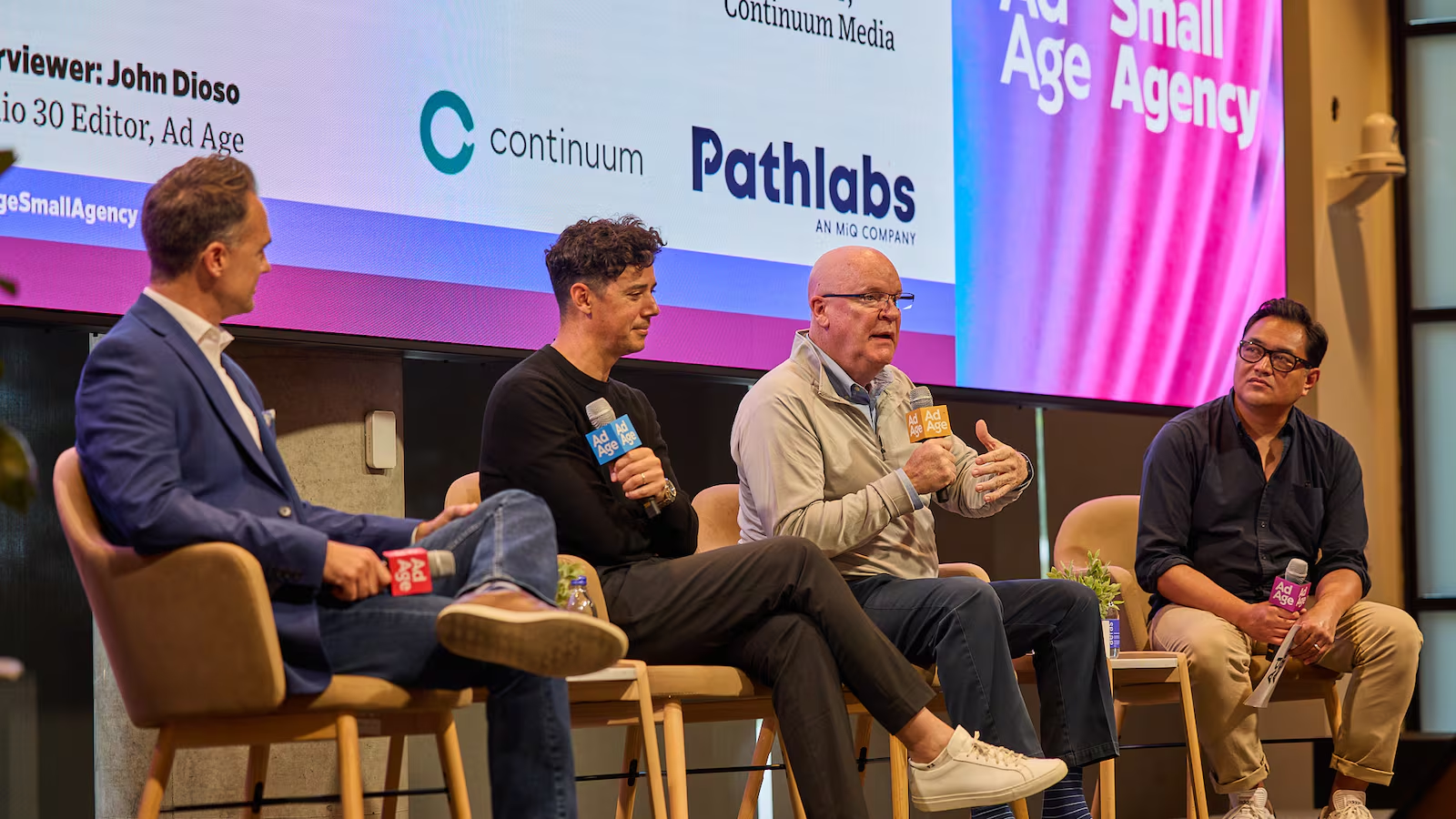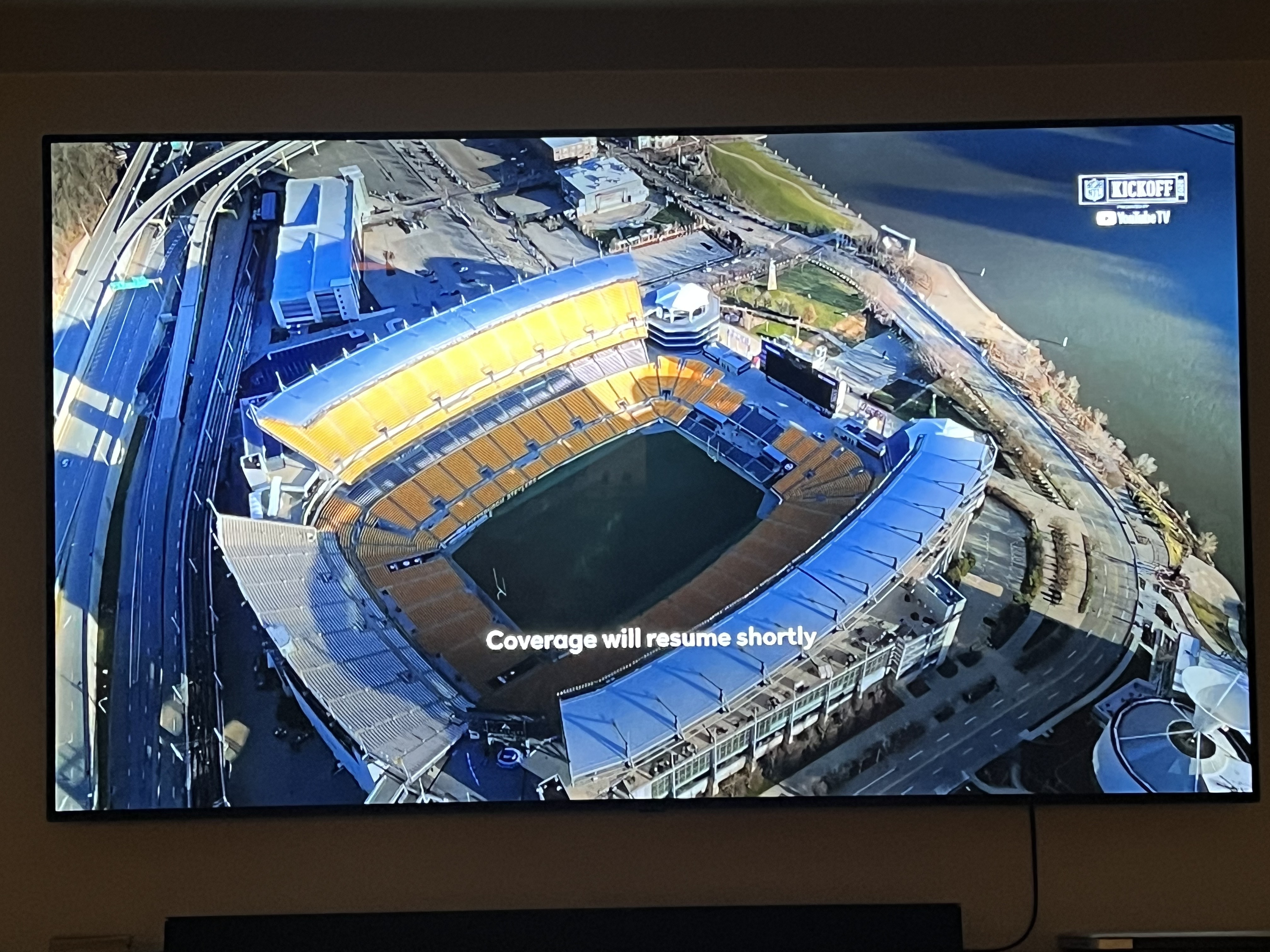.JPG)
3 Trends You Need To Know in Streaming Right Now
A few weeks after the flashy, hyped-up Upfront season, another television conference was held – but with a focus on “streaming TV” and the functional business behind it. For three days, discussions were held from broadcast and cable providers who shared their strategies on distribution and discovery, technology companies who dived into the status of technically supporting streaming television, and of course, researchers with the latest data on viewer behavior.
The refreshing aspect of this particular conference was the sense of optimism and enthusiasm for the current state of streaming television coupled with the reality of how to achieve a better viewer experience and value for advertisers.
Let’s take a beat first to establish what “streaming” means. Simply put, streaming TV is any content and ads delivered to the TV device via the internet. This includes: MVPD content that is delivered to the TV device typically via an app (i.e. Xfinity), live linear channels delivered via internet (i.e. NewsOn SlingTV ), and your more well-known streaming content on SVOD/AVOD (i.e. Netflix, Hulu, Pluto)
As someone who has been in the media space for 20 years, it truly is an exciting time. But, in order to help advertisers navigate the ecosystem and achieve their goals, it’s important to stay very close to the current trends and opportunities. Below are the top three concepts that were the most relevant for today’s advertisers to understand and consider.
FAST Channels
FAST channels are having their moment in 2025. Nearly every other session topic was about or included FAST in the discussion. But if you’re still getting up to speed on this classification of this inventory, let’s break it down.
FAST (free ad-supported television) channels are streamed channels that have ad breaks, and there is no cost to the viewer. FAST channels are presented to the viewer in a very similar way to the cable guide channels – in a grid format with channels along one side and a peek into what’s upcoming in the next few hours along each channel row. The FAST Channel grid is a feature of the TV manufacturer – so each might look a little different, and they may have different FAST channels. FAST Channel grids are also found in FAST apps like Fubo or the Roku app.
So, what kind of channels and content are available? Many broadcasters (i.e., NBC, CBS) and cable publishers (i.e., AMC, A&E) are leaning into this option to expand their audience's reach. In a recent report, broadcaster-owned channels now represent 30% of the top 100 FAST channels and drive 40% of total viewing hours across these channels.
For advertisers, this presents a great opportunity – ads alongside TV shows, in a TV experience on the TV device. And, since this is somewhat new territory of inventory, the pricing is usually much more economical than the other AVOD/SVOD options.
Sports
Live sports continue to be the (much talked about) elephant in the room. It remains, arguably, the most important programming available on broadcast and cable. And, let’s give credit where credit is due... the traditional linear companies absolutely know how to execute.
On the streaming side, it becomes more complicated. To simplify, it all starts with the viewer's experience and expectations during a live game – which must be excellent. The broadcast and cable back-of-house operations are intense, but very consistently deliver a great viewer experience. In the streaming world, it is more difficult to execute operationally because of the fluidity of the ad breaks as well as the natural need to deliver the right ad to the right TV.
There is a tremendous amount of attention on live sports for so many reasons, and over the next few years it will improve greatly. For advertisers today, lean into the media mechanisms that do well in their own right: utilize traditional linear for live sports and reach; streaming for more refined targeting. Coupling together gives you the best and most complete access to your target.
Curation
During all the discussions about inventory and packaging up access for buyers, it reminded me how different today is for buyers than 20 years ago, when a few phone calls were made and a few days later, the 30s spot was on the air.
Buying in the streaming space can be daunting at first. It seems as though everyone in the ecosystem can sell impressions. There are a few different ways impressions can be offered – and while each has its place in the ecosystem, it’s good to know the pros and cons.
Personally, I think of the different CTV impression buying options along a spectrum of sorts. On one end, you can buy guaranteed impressions directly with the publishers; and on the other end, you can buy impressions on the open exchange. We can find balance in the middle. As a buyer, your partner should lean into curating bundles and establishing direct deals to find a great solution of quality and value. Curation will become a more refined skill and offering from partners, especially in the CTV space as all sides of the deal continue to improve how they make inventory available and price appropriately.
Now What?
As a buyer in 2025, it’s clear that CTV must be part of the media consideration set. Not only will you find a segment of your consumers, but you’ll also find them watching high-quality content from the major publishers who are actively finding ways to expand their distribution into new CTV opportunities and provide you back with great value. For most buys, a blend of traditional linear for the great reach and consistently excellent sport offerings, along with CTV to fine-tune your audience targeting, will give you the well-rounded media approach and ensure you’re reaching everyone.

.png)

